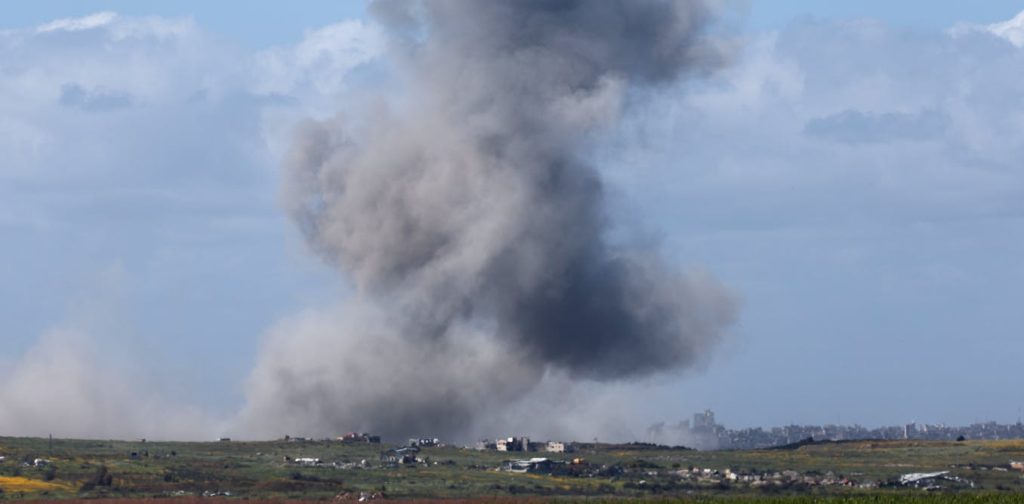In late February 2025, Mousa Abu Marzouk, a senior Hamas leader and former head of its politburo, acknowledged that he would not have endorsed Hamas’ October 7, 2023, assault on Israel had he predicted the severe nature of Israel’s retaliation.
This candid admission has gained fresh importance in light of the recent resumption of Israel’s intense bombardment campaign beginning on March 18, which has led to hundreds of Palestinian fatalities and effectively terminated a fragile ceasefire agreement.
As a specialist in Palestinian politics, I argue that the renewed conflict in the Gaza Strip highlights a significant power disparity between Hamas and Israel, alongside a strategic misjudgment by Hamas regarding Israeli Prime Minister Benjamin Netanyahu’s readiness to resume hostilities.
Imbalance in ‘Peacefare’
It is well-known that Netanyahu and his coalition allies showed minimal interest in fully executing the ceasefire agreement partly mediated by Donald Trump’s Middle East envoy, Steve Witkoff, and signed on January 19.
The ceasefire deal was divided into two primary phases followed by a plan for post-conflict reconstruction. Initially, Hamas released Israeli hostages in exchange for the release of Palestinian prisoners detained by Israel and the restoration of aid to Gaza. Subsequent negotiations were intended to secure the release of remaining Israeli hostages held by Hamas, in return for Israel withdrawing its forces from Gaza and concluding the conflict.
Lack of Strategic Foresight
Despite the evident challenges faced by Hamas during the ceasefire, it is crucial to examine how the group failed to consider several external variables adequately. Hamas misjudged the timeframe for negotiations, believing they had more time than reality allowed, partly because surveys showed a majority of the Israeli public favored ending the war in exchange for the safe return of all hostages.
Moreover, recent developments, including direct communication established by Trump’s hostage envoy Adam Boehler with Hamas regarding the release of Jewish and dual-national hostages, suggested that negotiations could have progressed meaningfully. As fighting resumed, discussions were still ongoing involving U.S., Qatari, and Egyptian officials to extend the ceasefire through Ramadan.
However, others were aware that the ceasefire was precarious. U.S. envoy Witkoff pointedly blamed Hamas for allegedly resisting an extension proposal, emphasizing that “Hamas is making a very bad bet that time is on its side. It is not.” Moreover, Hamas underestimated the Israeli political landscape, interpreting internal conflicts as signs of imminent weakness in Israel, when in reality, Netanyahu’s structural changes only eliminated dissenting opinions from his administration.
Looking Ahead
The future of this conflict remains uncertain. Netanyahu seems poised to escalate the war, appeasing his far-right coalition, minimizing the likelihood of new elections, and providing a shield against impending legal troubles once he leaves office. Meanwhile, Hamas appears increasingly disoriented, caught between its political leaders outside Gaza who prefer diplomacy and its military leaders focused on retaliation and maintaining control. This ongoing warfare is unlikely to assist Hamas in articulating a viable long-term strategy to alleviate the dire conditions suffered by Palestinians in Gaza.



